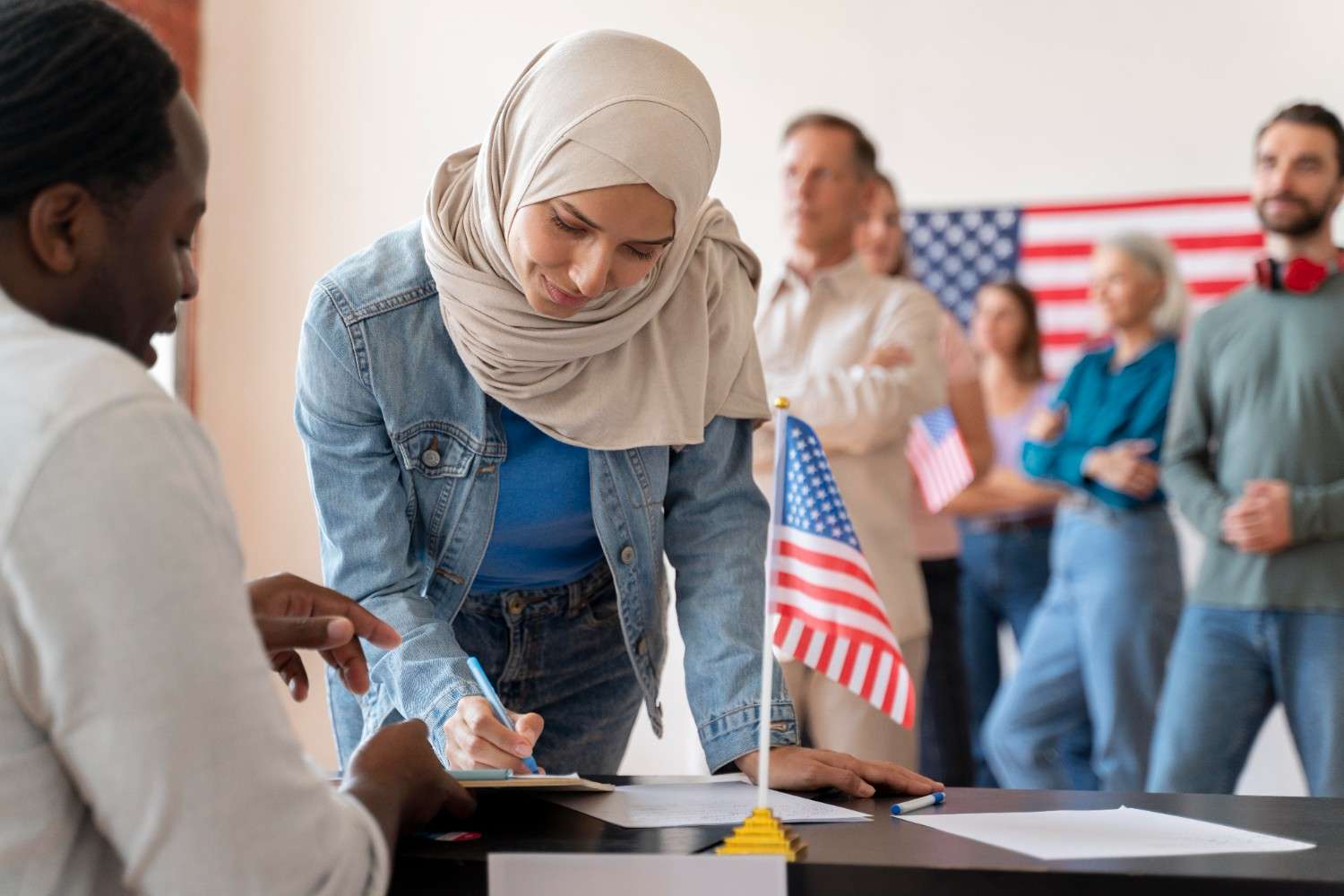Understanding U.S. immigration can be complex and stressful, especially when faced with secondary inspections at the port of entry. Proper preparation and understanding of the legal process can help you minimize risks and ensure a smoother experience. As a prospective immigrant or visitor, knowing the critical steps to take can make all the difference in your journey.
Key Takeaways
- Ensure you have a legitimate reason for your trip and are prepared to explain it confidently.
- Be mindful of the electronics you carry; avoid apps that could be misinterpreted during customs inspections.
- Understand the process for handling secondary inspections and how to assert your narrative.
- Having a competent immigration attorney can help protect your rights and ensure you have the proper documentation.
Context
In recent years, immigration enforcement at U.S. ports of entry has become more stringent, with Customs and Border Protection (CBP) increasingly focused on identifying fraud and ensuring that travelers meet all legal requirements. As part of this heightened scrutiny, secondary inspections have become a common practice for certain travelers, especially those coming in on work visas or with complex immigration histories. This means that anyone entering the U.S. must be prepared for thorough questioning and potential delays.
Preparing for the Port of Entry
When preparing to enter the U.S., one of the most important steps is selecting your port of entry wisely. While some airports, like those in Chicago and Atlanta, may pose higher risks due to stricter scrutiny, others, such as Philadelphia, are often considered more favorable. Additionally, ensuring that you have the correct documents and a legitimate reason for choosing your port of entry can prevent unnecessary complications.
Choosing the right port of entry can help minimize the risks of facing additional inspections or complications. Preparing for secondary inspections with the correct documentation and a clear purpose is essential.
Handling Secondary Inspections with Confidence
Secondary inspections can be intimidating, but understanding what to expect can help you handle the situation with confidence. CBP officers may ask probing questions about your employment, travel purpose, or personal background. It’s crucial to stick to your narrative, focus on the facts, and avoid signing documents hastily. If you’re pressured to sign something you haven’t reviewed, assert your right to see the document first.
Stay calm and composed during secondary inspections. Stick to your narrative, review any documents before signing, and request legal counsel if needed to protect your rights.
The Importance of Documentation and Communication
One key aspect of a smooth entry into the U.S. is having all the required documentation in order. This includes everything from your visa and job offer letters to ensuring that your name is spelled correctly on legal documents. Additionally, it’s crucial to review your communications, especially email, to ensure no issues arise from past correspondence that could cause misunderstandings.
Accurate documentation and clear communication are essential when entering the U.S. Ensure all legal paperwork is correct, and review your digital communications for any discrepancies.
Minimizing Electronic Risk During Immigration Inspections
With the increasing use of electronics in everyday life, it is crucial to understand the potential risks associated with carrying devices like smartphones and laptops through U.S. ports of entry. CBP officers can search your devices, and anything that raises suspicion could lead to delays or even legal issues. It is advisable to carry minimal electronics and avoid devices with communication apps or company-related data that could be misinterpreted.
Be mindful of the electronics you carry during travel. Carrying minimal or non-controversial devices can reduce the risk of facing unnecessary scrutiny at the port of entry.
The Need for Legal Aid: How an Immigration Attorney Can Help?
Understanding the complexities of U.S. immigration law can be overwhelming, especially when faced with additional scrutiny at the port of entry. Having an immigration attorney by your side can make a significant difference. From reviewing your case and documentation to advising you during secondary inspections, a skilled immigration lawyer ensures that your rights are protected throughout the process.
An experienced immigration attorney can help you manage complex entry procedures, ensuring your rights are upheld and your documentation is in order.
Conclusion
Preparing for entry into the U.S. requires careful planning, attention to detail, and, most importantly, the right legal support. Whether you’re traveling for business, education, or visiting family, managing the intricacies of immigration law can be challenging without proper guidance. By working with an experienced immigration attorney, you can ensure that your journey is as smooth and successful as possible, helping you avoid unnecessary complications at the port of entry.
Frequently Asked Questions
What should I do if I’m selected for secondary inspection at the port of entry?
Remain calm and stick to your narrative. Do not sign any documents without reviewing them first and assert your right to speak with an attorney if needed.
How do I know which port of entry to choose?
Choose a port of entry where scrutiny is generally less intense, such as Philadelphia, and ensure you have a valid reason for choosing it.
What documents should I carry to avoid complications at the port of entry?
Ensure you have all relevant documentation, including your visa, job offer letters, and any supporting materials that can prove the legitimacy of your travel.
Can an immigration attorney help during secondary inspections?
Yes, an immigration attorney can be contacted during secondary inspections if you carry the necessary documents like a G-28 form, allowing your attorney to advocate on your behalf.
What electronic devices should I bring to minimize scrutiny?
It’s recommended to carry only necessary electronics and avoid any devices with communication apps that could lead to further inspection.
Authors: Jonathan Wasden & Justin Rivera, Immigration Attorneys
How useful was this post?
Click on a star to rate it!









